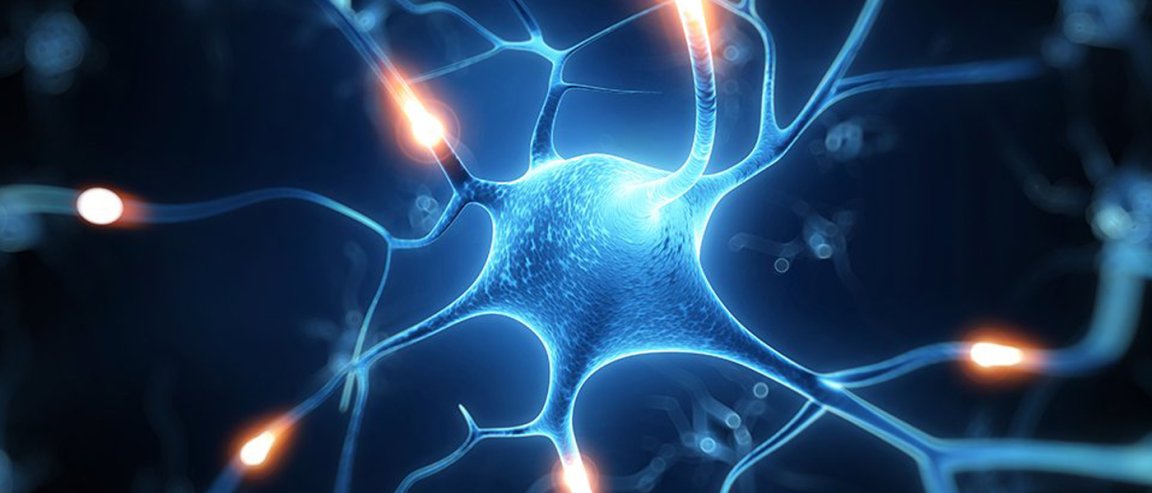
Two Concepts, One Solution
The Mitochondria is the powerhouse of the cell. We all know that. It causes reactions that generate adenosine triphosphate (ATP), a source of chemical energy in a cell. A typical animal cell contains 1000 to 2000 mitochondria. Yet, that’s not all we learned in high school biology. Remember that neurons or nerve cells do not have the ability to repair themselves once damaged? Well, these two facts have stirred quite a bit of interest.

Scientists have found out that nerve cell regeneration is possible. Researchers from National Institute of Neurological Disorders and Stroke in the US restored mitochondrial mobility in a group of mice and observed regeneration of nerve cells.
Mitochondria are mobile in young cells and as a cell matures, the movement is restricted by a protein called syntaphilin. This protein behaves as a brake or anchor for mitochondria.
Syntaphilin: An Answer to Neurodegenerative Diseases?
Headed by researcher Zu-Hang Sheng, the team genetically removed syntaphilin from damaged sciatic nerves that contained non-functioning mitochondria. This allowed mitochondria to regain mobility and resulted in the regrowth of other mitochondria that eventually restored the neurons’ ability to repair themselves.
The scientists behind the study said that the findings are crucial to figuring out how to regenerate nerve cells in human bodies provided that the same results will be achieved in clinical tests. This will help combat devastating diseases such as Alzheimer’s, an irreversible brain disease characterized by the development of amyloid plaques and tau tangles that lead to the death of nerve cells.
Scientists are already looking for ways to restore damaged nerve cells to health including injection of healthy neurons into the brain.
Their findings are published in the Journal of Cell Biology.